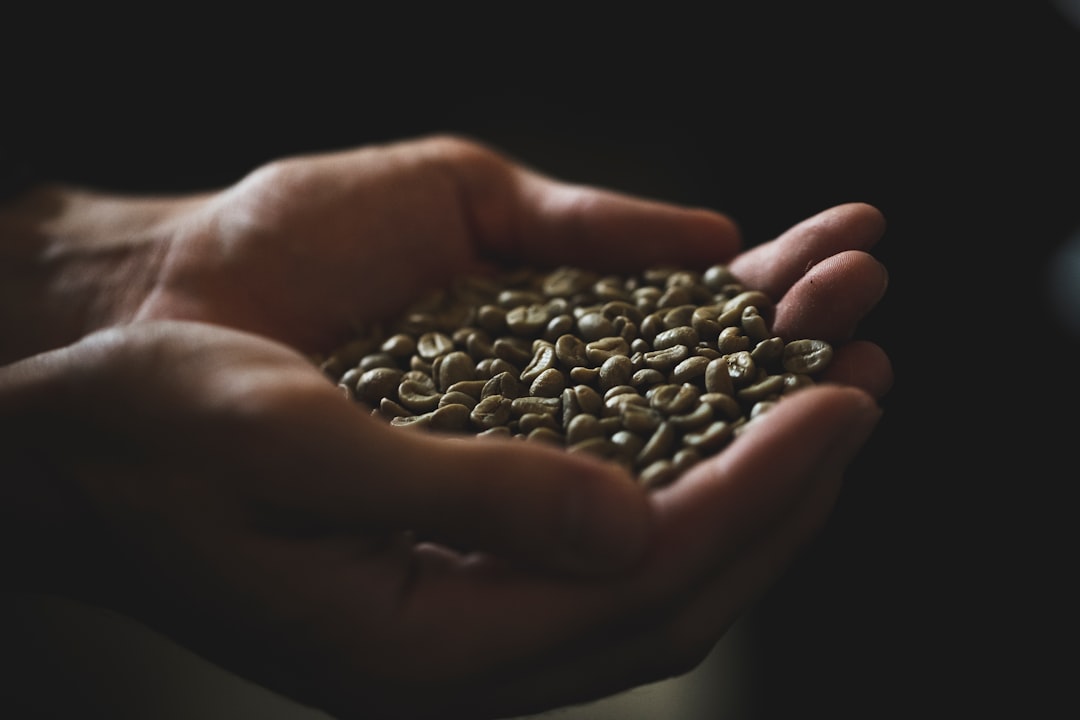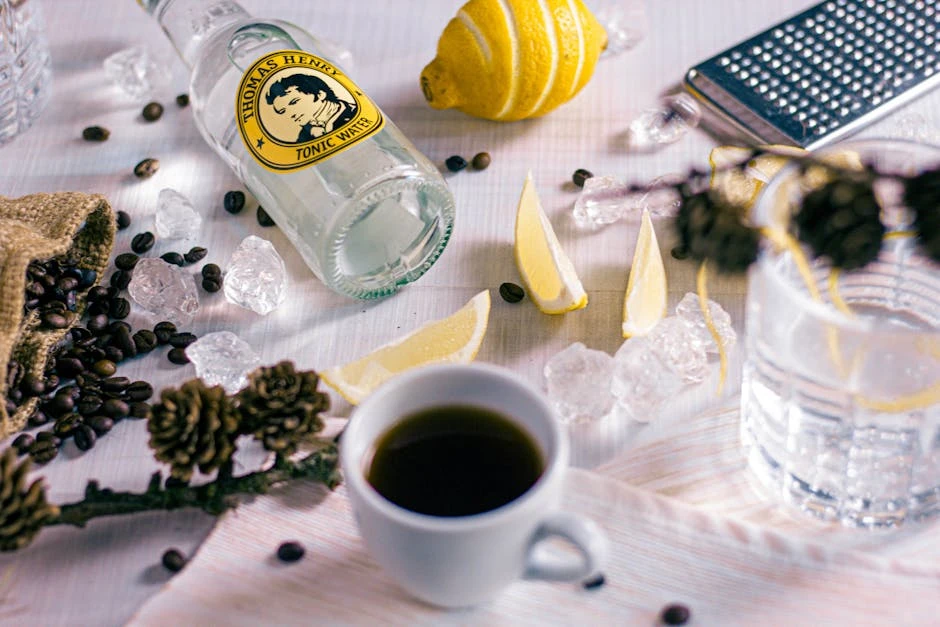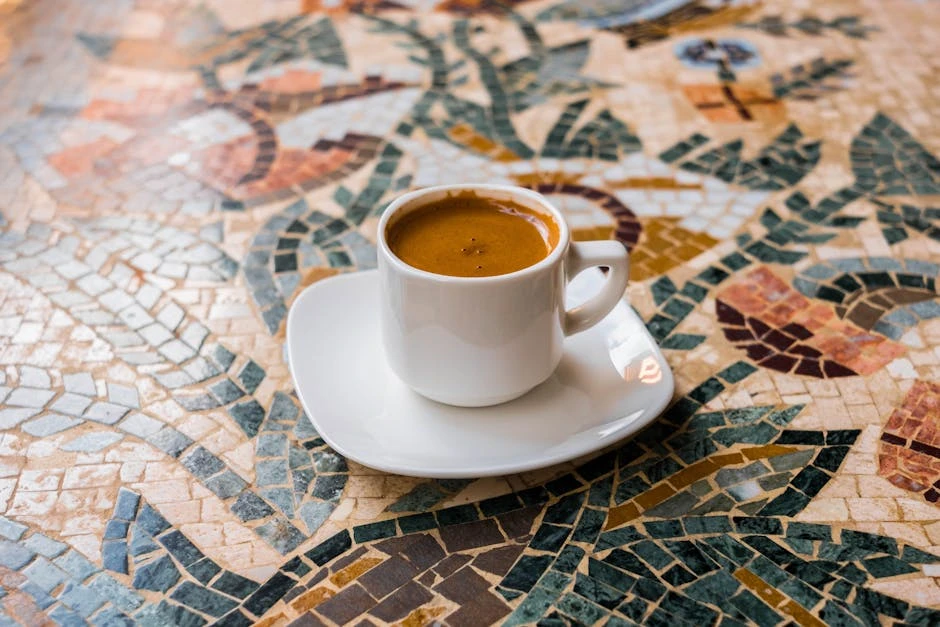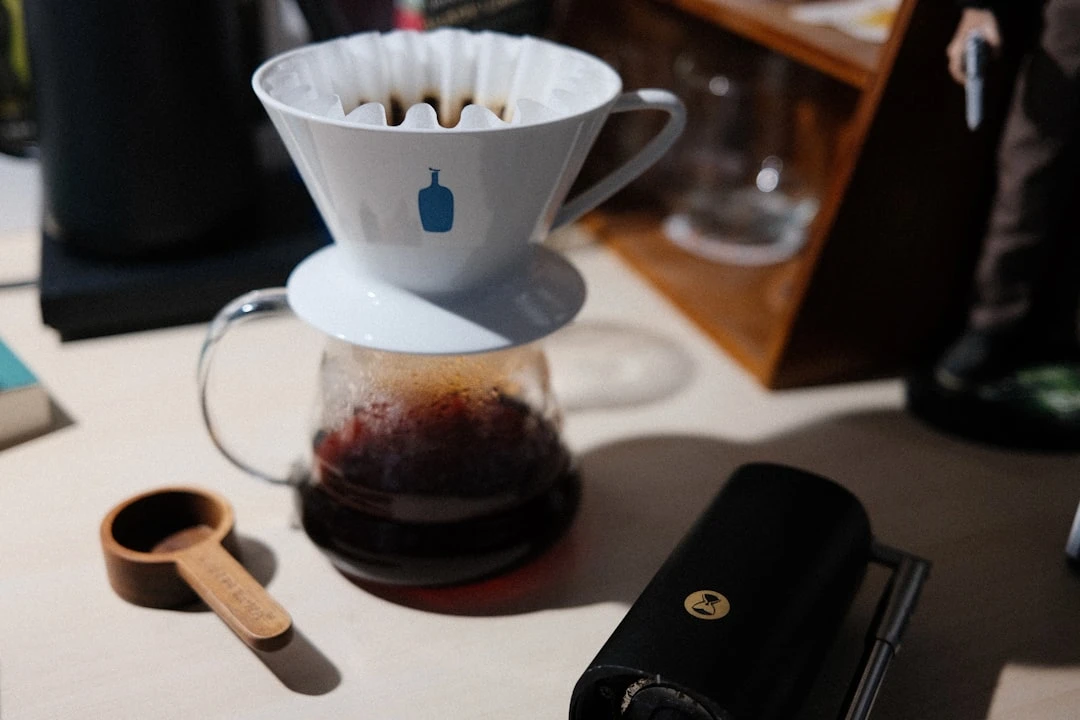Single-Origin Coffee: What It Is & Why You’ll Love It

Introduction to Single-Origin Coffee
Maybe it’s from a single farm, a co-op, or just a quiet corner of the world. No blending, no mixing—just pure, unfiltered flavor shaped by the soil it grew in, the sun that kissed it, the wind that carried its story. Blends? They’re smooth, sure. But single origin? It’s got soul.
These days, specialty coffee lovers and small-batch roasters can’t get enough. There’s something about tracing your beans back to their roots—tasting the land in every sip, knowing the hands that tended it. Ethiopia bursts with wild fruit, Colombia hums with chocolate warmth, Costa Rica dances with floral brightness. Each cup is a love letter to its home.
Roasters usually keep things light or medium, letting those natural flavors shine—though a few dare to go dark. Brew it right, and you might catch a flicker of citrus, a hint of caramel, or a slow, syrupy richness. Pour-over? Yes. Aeropress? Of course. Even espresso can surprise you.
Drinking single origin is like traveling without moving. One sip and you’re there—knee-deep in some far-off hillside, tasting the rain, the earth, the years of care poured into it. Whether you’re a casual drinker or a full-blown coffee geek, it turns your morning ritual into something deeper. It’s not just coffee—it’s a journey, from dirt to cup.
What Is Single-Origin Coffee?
Single-origin coffee is like a fingerprint—unmistakably tied to one place. Maybe it’s a hillside farm in Guatemala, a misty Colombian plot, or a sun-drenched field in Kenya. No blends, no hiding. Just beans that carry the weight of their home: the soil, the weather, the hands that tended them. When you drink it, you’re tasting a place, not just a product.
Why Single Origin Coffee Stands Out
- No Secrets, Just Soil
You’ll trace it back—sometimes to the very farmer who grew it. There’s something about knowing the face behind the flavor that makes each sip richer.
- Flavor with a Backstory
Costa Rican coffee might hum with honeyed citrus, while a Sumatran brew feels earthy and wild. The land doesn’t just shape the bean; it tells its tale.
- Here for a Good Time, Not a Long Time
Single-origin coffees are fleeting. They arrive with the harvest, bold and vibrant, then slip away until next season. Drink it now—it won’t taste the same tomorrow.
- Special, Without the Snobbery
These beans are the cream of the crop, often scoring high marks for quality. But it’s not about showing off—it’s about respect for the craft, from seed to roast.
- Good for the Grower, Great for You
When coffee skips the commodity market, farmers earn more, and your cup gets cleaner, livelier flavors. It’s a win that lingers long after the last drop.
Single origin isn’t just a label—it’s an invitation. For those who crave more than a caffeine kick, it’s a way to wander the world, one cup at a time.
How Single-Origin Coffee Differs from Blends
Single-origin and blended coffees? They’re like two different worlds in your cup—where they’re grown, the flavors they bring, even how they’re crafted.
Single-origin coffee is all about one place. Maybe it’s a tiny family farm, a local co-op, or a whole country—but every sip tells that story. The soil, the climate, and even the altitude leave their mark. That’s why an Ethiopian Yirgacheffe bursts with citrus and jasmine, while a Colombian brew feels like smooth caramel. If you love tasting the earth in your coffee, single-origins your ticket.
Blends? They’re the mixologists of coffee. Roasters blend beans from different regions to create something steady—no surprises, just reliable flavor. They’re after balance, rounding out sharp acidity, or deepening a light body. That’s why your espresso’s usually a blend—it’s got a little bit of everything working together.
And then there’s availability. Single-origin coffees? They’re seasonal, here one harvest and gone the next. Blends stick around, tweaking the recipe to taste the same no matter the year.
Which one’s better? Pfft—depends on your mood—Single-origin’s for when you want an adventure, something with a fingerprint. Blends are your cozy, familiar mugful. Some folks geek out over single-origin’s wild side; others swear by blends for their even-keel charm.
Really, they’re both winners. Single-origin’s a love letter to coffee’s quirks, while blends? They’re the steady hand you can count on.
The Benefits of Drinking Single-Origin Coffee
There's just something about single-origin coffee—something blends can't quite match. These beans come from one place, whether it's a tucked-away farm, a sun-drenched hillside, or a single region, carrying all the character of that spot straight into your cup. And behind every sip? A story. Here's why it's worth savoring:
A Taste of Place
Blends balance things out, but single-origin? It's like a love letter from the land. The soil, the altitude, even the way the wind moves—it all leaves its mark. Ethiopian beans might dance with citrus and jasmine, while a Colombian cup wraps you in chocolatey warmth.
Quality You Can Taste
Most single-origin coffees are specialty grade, which means they're the best of the best. Farmers often handpick these beans, tending to each step so the flavors stay vivid and true. No guesswork—just coffee at its finest.
It's Good for the Growers Too
Single origin usually means smaller farms, co-ops, real people. When you buy it, you're helping put money right where it belongs—in the hands of those who grew it. No murky supply chains, just honest work and honest reward.
Endless Ways to Brew
If you love playing with coffee, single-origin beans are your canvas. Pull them as espresso, pour them slow, steep them cold—each method coaxes out something new. One bag, a whole world of flavors.
In the end, single origin isn't just about drinking coffee. It's about tasting a place, backing the hands that grew it, and maybe turning your morning ritual into something a little more alive. Whether you're a coffee devotee or just someone who loves a great cup, these beans have a way of making mornings glow.
Popular Regions for Single-Origin Coffee and Their Flavor Profiles
Coffee isn’t just a drink—it’s a journey. The land where it grows, the breeze that rustles through the trees, the very earth beneath the plants—all of it seeps into each sip. Let’s wander through some of the world’s most beloved coffee regions and the flavors they pour into your cup:
- Ethiopia – The birthplace of coffee. Here, beans are wild and untamed, full of poetry. Think bright, tangy notes—maybe a flash of blueberry, a hint of jasmine, or a twist of lemon. Yirgacheffe and Sidamo? They’ve got this deep, wine-like richness that just won’t let go.
- Colombia – The one everyone loves. Smooth, easy, with just enough zing to keep you coming back. Caramel, nuts, chocolate—it’s like a cozy blanket for your taste buds. And if it’s from Huila or Antioquia? That’s where the magic really hums.
- Costa Rica – Liquid sunshine. Clean, bright, with a citrusy spark—like biting into a honey-dipped orange or a crisp apple. Tarrazú’s coffee? Pure, unapologetic brilliance.
- Kenya – The coffee that wakes you up and makes you pay attention. Bold, punchy, bursting with berries or black currant. Those SL28 and SL34 beans? Rich, jammy, almost like sipping a well-aged red.
- Brazil – Comfort in a cup. The world’s biggest coffee producer keeps it warm and welcoming—think toasted nuts, deep chocolate, or caramel sweetness. Minas Gerais? That’s where you’ll find coffee that feels like home.
- Sumatra (Indonesia) – The mysterious one. Dark, heavy, with earthy whispers of wood or spice. It’s the kind of coffee that feels like a late-night story by the fire.
Every place leaves its mark. Want something bright and fruity? Or deep and soulful? Single-origin coffee lets you taste the world—one slow, savoring sip at a time.
How to Brew the Perfect Cup of Single-Origin Coffee
There’s a quiet magic to single-origin coffee—each sip carries whispers of distant soil and sun. To do it justice, you’ll want to move with care. Here’s how to coax out its secrets:
1. Start with the Good Stuff
Seek out beans roasted within the last fortnight. Tuck them into an airtight jar—somewhere cool, away from light’s prying fingers.
2. Grind Like You Mean It
Pre-ground is like yesterday’s bread—stale before it begins. A burr grinder hums best: coarse grains for French press, fine dust for espresso, something in between for pour-over. Always grind as the kettle sings.
3. Water Matters More Than You Think
Tap water’s harsh minerals bully subtle flavors. Filtered, heated to that sweet spot between 195–205°F (90–96°C)—hot enough to dance, not so hot it burns.
4. Measure Like a Pro
Try 20 grams of coffee for every 300ml of water to start. But scales aren’t scripture—nudge the ratio stronger if your morning demands it.
5. Pick Your Weapon
- Pour-over (V60, Chemex): Like tracing sunlight through stained glass—clean, luminous.
- French Press: A velvet curtain of flavor, heavy and deep.
- AeroPress: Chameleon of brewers—shape it bold or feather-light.
- Espresso: A lightning strike in demitasse form.
6. Timing is Everything
- Pour-over: Let it draw for 2.5–3.5 minutes—no hurrying art.
- French Press: Four minutes of patient steeping rewards you.
- Espresso: Twenty-five seconds, maybe thirty. Watch like a hawk.
7. Make It Yours
Adjust the grind a hair finer tomorrow. Try cooler water next week. Coffee’s a conversation—your palate writes the ending.
Nail these steps, and those hidden notes emerge: maybe blueberry tartness one morning, toasted almond the next. Each cup becomes a passport stamp.
Where to Buy Single-Origin Coffee
You’ll find it tucked away in local roasters, cozy cafés, or even online—just keep a few tricks in mind to land the really good stuff.
Where to Look
- Small-Batch Roasters – These people don’t just roast coffee; they obsess over it. Ask them about the farm, the elevation, the roast date—they’ll talk your ear off, and that’s a good thing.
- Your Go-To Café – That spot with the perfect espresso? Chances are, they’ve got bags of their single-origin beans right by the register. Grab one on your way out.
- Online Havens – Trade Coffee, Blue Bottle—click around for a while, and suddenly your next favorite brew is landing on your doorstep.
- Farmers' Markets – Sometimes you’ll bump right into the grower, dust still on their boots, selling beans straight from the source. No middlemen, no fuss.
The Fine Print
- Origin Story – The best beans come with a tale. Look for details—like a tiny farm in Colombia or a hillside in Kenya. It matters.
- Roast Date – Coffee’s like bread—it doesn’t get better with age. A month old? Still solid. Three months? Might as well brew socks.
- Process Matters – Washed, natural, honey? Each one twists the flavor in its own weird, wonderful way.
- Certifications – Fair Trade or Organic doesn’t mean perfect, but it’s a decent sign the folks growing it got a fair deal.
- Tasting Notes – If it says "bright citrus" or "chocolatey," take the hint. Someone actually sipped it and scribbled that down—it’s not just marketing fluff.
Stick with sellers who know their beans, read the fine print, and you’ll end up with coffee that actually tastes like where it came from.
Is Single-Origin Coffee Right for You?
Single-origin coffee is like a flavor passport—each sip drops you straight into its homeland, whether that’s a sun-soaked hillside in Ethiopia or a mist-wrapped farm in Colombia. If you nerd out over tasting notes—maybe that bright, berry punch from Kenya or the smooth, chocolatey embrace of Peru—this could be your next fixation. And if you’re the kind of person who craves the real story behind your beans (like, really wants to know), single-origin doesn’t hold back.
But let’s keep it honest—it’s not always the easygoing choice. Some cups swing wild, with funky, unexpected twists that might clash with your half-asleep morning vibe. And yeah, those small batches? They can leave your wallet feeling a little lighter.
So, ask yourself:
- Flavor Adventure: Are you game to try something bold, a little weird, or just flat-out unique?
- Brew Game: Got a pour-over or a French press? That’s where these beans really shine.
- Budget: Okay with spending a bit extra for that whoa-this-is-special moment?
If you’re hunting for something extraordinary, single origin’s worth a shot. But if you just want a steady, comforting mug? A good blend’s got you covered. Try both—who knows? Your taste buds might pull a fast one on you.
At the end of the day, it’s your coffee, your call. The joy’s in the sipping.


